What you need to know about planting viburnum and caring for it?
For gardeners who are responsible for their health, viburnum always grows on the site. Planting and caring for the shrub is carried out by the owner for a reason. He pursues several goals at once: to admire the lush flowering in spring and summer, to collect juicy tart berries in buckets in autumn, to cook delicious fragrant jelly.
Kalina is an ancient, mysterious tree. He was highly respected by our ancestors for the benefits and wondrous beauty. A red berry that fell from a branch onto the first snow that fell, reminded them of a red-hot coal, hence its name.
Which viburnum to choose: with red or black berries?
So that the viburnum does not disappoint the gardener, it will not hurt to get acquainted with its various varieties or species before purchasing seedlings. Biologists attributed the shrub to the Adoxaceae family, the elderberry belongs to the same family. Under natural conditions, viburnum likes to grow in areas with high soil moisture: on the banks of rivers, lakes, ponds. But even in a sunny meadow in the middle of the forest, you can often find a tree covered with bright berries.
Despite the ability of viburnum to grow even in swampy areas, its cultivation is impossible in places where groundwater occurs. There are many varieties and types of shrubs, because you can meet it in any corner of the world. Here are the most popular varieties among Russian gardeners:
- Viburnum ordinary, it is red. Grows up to 3.5 m tall. The leaves are large, oval, divided into 3-5 parts, light green, wrinkled. Inflorescences are corymbose, berries are red with pronounced bitterness.
- Kalina gordovina. A species of Asian origin and equally exotic appearance. Leaves are large, oval, with pointed ends, pubescent, saturated green. Inflorescences are velvety, umbellate. Ripening berries of intense black color.
- Zarnitsa. The leaf blade is dissected, dark green on the upper side, and the lower surface is light pubescent. The berries are orange, tart, with a bitter taste. In autumn, the bush looks luxurious - flaming berries against a background of golden foliage.
Many gardeners grow viburnum because of its decorative flowering. In the second half of spring, the shrub opens up many large buds: pale pink, milk foam color, slightly yellowish. The inflorescences of the plant are of an extremely unusual shape: the flowers located in the middle look very modest compared to those located at the edges. A rim of large flowers is extremely attractive to bees that pollinate it.
How to grow a tree for your site?
It is extremely easy to obtain Kalina for your site - it reproduces in almost all methods known in botany. It rises well in spring from seeds that are formed from spilled berries. But rarely does anyone “bother” with seeds: it’s too long to wait for the harvest. Basically, gardeners use the following types of reproduction.
- Cuttings. A young green shoot is cut in spring in pieces of 8 cm so that on each segment there is one internode with a pair of buds. The stalk is treated with any root formation stimulator, and then immersed in a soil consisting of equal parts of high-moor peat and calcined river sand. The containers are covered with glass, left in a bright, warm place, not forgetting to periodically air, water and collect condensate from the walls of the greenhouse. After 10 days, the seedlings will grow roots.
- Horizontal layering.In the spring, a young branch is completely cut off, a year later a new young shoot is formed on this site, which is bent to the ground and fixed. After a couple of weeks, the bud on the shoot will begin to grow, now it's time to sprinkle it with earth, and then water it. In the fall, the formed bush is cut off from the mother plant.
- Vertical layering. In the fall, the lowest branch is cut off quite strongly and, bending to the ground, is sprinkled with soil. In the spring, a shoot begins to grow at this place, which is spilled as it grows and watered. Viburnum vulgaris reproduces well in this way.
- Bygrowth. The most cost-effective method for the applied labor, excellent for gordovina viburnum. The young shoots formed around the hemp are watered, hilled, and in the fall they are separated along with the resulting roots.
Tip: If the viburnum is grown as a bush, and it has grown a lot, you can divide it into several parts with a sharp garden tool.
Rare plant species are usually propagated by cuttings to preserve the characteristics of the original sample. It is best to do this in the warm season: in the fall, the shrub does not take root well. The most suitable time is the beginning of July. Viburnum begins to bear fruit 2-3 years from the start of cultivation.
Secrets of the correct landing: choosing a site
Despite the fact that this plant grows in natural conditions near water, planting viburnum is possible in any part of your garden. Open and sunny areas away from buildings and large trees are best suited for shrubs. With proper care, the tree can bloom profusely in spring and bear fruit even in shaded areas. Experts say that the viburnum growing in the shade produces sweeter berries in autumn.
Tip: in order for the shrub to take root for sure, you should dig up the ground at the site of the future planting already in the fall and mix it with a bucket of rotted organic fertilizers.
The viburnum is not demanding on the ground, the exception is sandy soils. Grows well on heavy loamy, organic-rich, breathable soils. The acidity index of the soil varies significantly depending on the species of the plant. Average acidity values are PH-5.5-6.
You should start planting in the spring, before the first sticky leaves appear from the swollen buds. If several shrubs are planted, for example, Viburnum vulgaris, then a gap of 3.5-4.5 m must be left between them.The algorithm of actions is as follows:
- The dug hole should not be deeper than 60 cm, the diameter of the hole is about the same. The extracted soil should be thoroughly mixed with 5 kg of rotted manure and 200 g of any nitrogen fertilizer.
- Pour the whole mixture with a bucket of water and forget about it for a week. After seven days, 4/5 of the total volume of the prepared soil is placed in the hole.
- A seedling is placed in the pit in such a way that the stem neck is deepened by no more than 2-3 cm.
- The hole is filled with the remaining soil and a bucket of water is poured on top.
- The surface of the flower bed is mulched with high-moor peat and straw.
The same technique should be used to plant trees in autumn. Gardeners try to plant Kalina gordovina before the onset of the first frost. So you can achieve 100% plant survival. Autumn mulching should be more abundant.
Watering and nutritious feeding of the shrub
Watering the viburnum will not bring labor to the gardener. If the summer turned out to be dry, with little rainfall, then the shrubs should be watered abundantly from a hose 3-4 times a week. A rainy summer may not require the introduction of moisture at all - the water accumulated in the soil will be enough for the viburnum. Do not neglect mulching the surface of the ground under the plant in spring: this way the number of waterings can be significantly reduced.
Tip: in addition to preserving soil moisture, mulching relieves the gardener for a long time from loosening the soil and fighting insects. The number of insects harmful to viburnum is also reduced.
Viburnum is a powerful plant, blooming for a long time, so the application of fertilizing during its cultivation should be abundant and in large quantities. The shrub is fertilized according to the following scheme:
- With regular watering, you can use granular fertilizers. 200 g of fertilizers with a high nitrogen content in the spring should be scattered under the plant. The introduction of nitrogen fertilizers will help the viburnum to grow a lot of green shoots and leaves.
- Before flowering, a generous portion (100-150 g) of phosphorus fertilizers is applied. Viburnum will respond to such feeding with more abundant than usual formation of large buds, which are subsequently transformed into a large bunch of sweet berries.
- In order for the tree to winter well, it will need potash fertilizers. After applying them, it will build up a powerful root system.
In the fall, 2 kg of rotted organic matter must be stirred in 10 liters of water and insisted. The resulting mixture should be watered at the root of the plant. During the winter, the fertilizer will decompose and provide the root system of the shrub with nutrients. Kalina gordovina is capable of growing up to 5-6 m tall. Fertilization for such a tree is required in large quantities.
Ornamental pruning of shrubs
Viburnum can be grown as a tree or shrub. More than 10 strong branches with grayish cracked bark grow from the root of the plant. In bush cultivation, all shoots are left intact and allowed to grow at random. But the crown is formed to your liking, cutting off the resulting shoots.
Tip: Preventive pruning is done several times over the summer. With the help of a pruner, they get rid of dry twigs.
If it is planned to grow a tree from viburnum, then you need to start acting with the arrival of spring. All lateral branches are removed, leaving only the most powerful central one. As she matures, she will become the trunk of a tree. It is required to periodically cut all the shoots growing by the plant. After 2 years, the growth point is pinched to form a spreading crown.
Dangerous harmful insects
Garden pests do not bypass the viburnum. They like to settle on young leaves and under thin bark. Here are the most dangerous ones:
- The moth is green lobed.
- Viburnum leaf beetle.
- Callina Galitsa.
- Black leaf aphid.
If insects are found, act immediately. A solution of any insecticide should be carefully process all parts of the shrub 3-4 times a month. In the period remaining before wintering, the viburnum must be observed. An especially strong specimen of the pest could survive after a chemical attack and give birth to offspring.
The common viburnum is considered to be the most unpretentious and resistant to pest attacks among gardeners. It grows well among other trees, shrubs and flowers. Dwarf plant varieties are planted on the sides of garden paths in spring. In autumn, owners collect several kilograms of tasty tart berries from tall specimens.
The healing properties of viburnum berries and leaves have been known for a long time. With their help, you can reduce pressure, cure colds, get rid of skin rashes. The hostess is used to prepare fortified jelly and filling for pies. And men in the fall do magic in the kitchen, insisting on alcohol, berries and leaves for the preparation of tinctures and liqueurs.
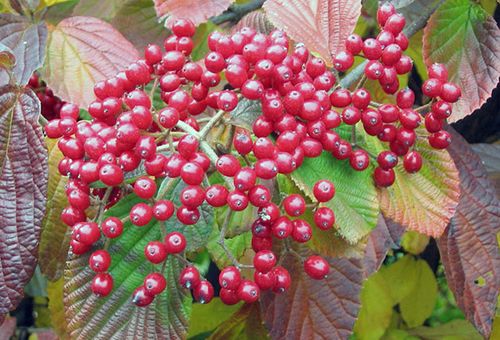

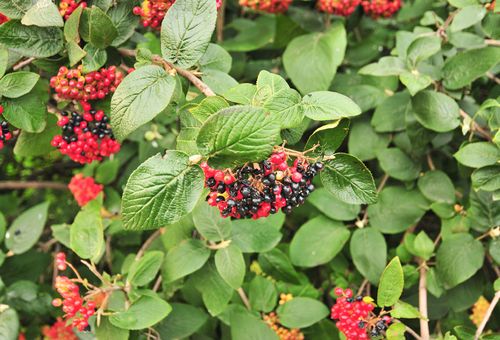
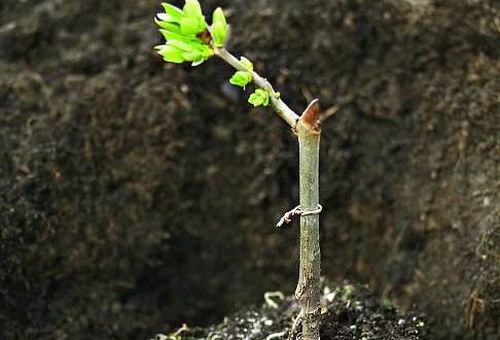
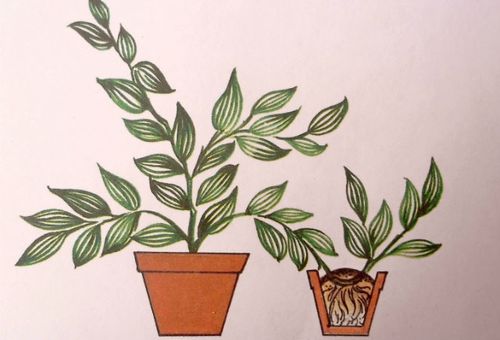
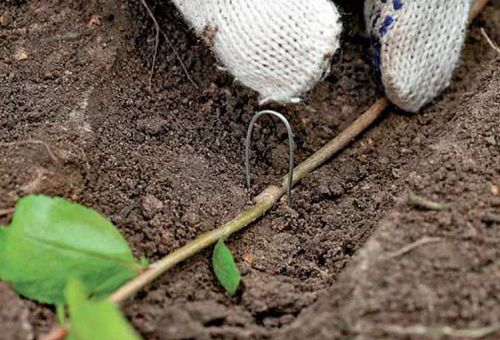
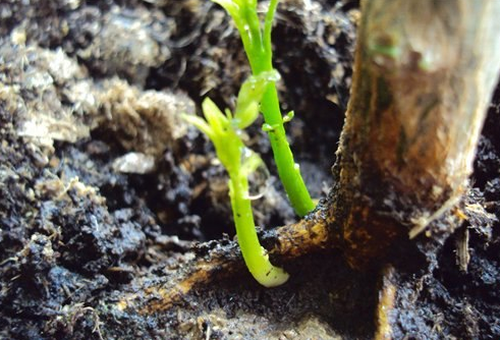
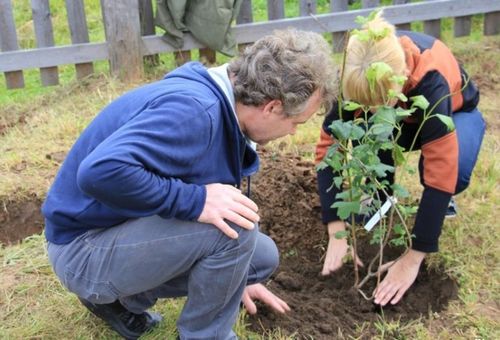
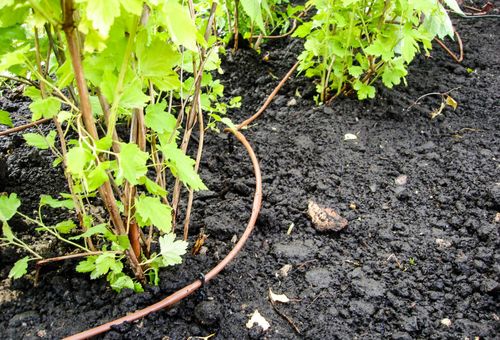
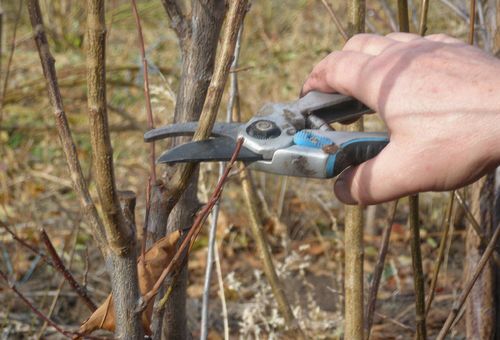
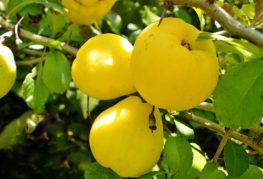

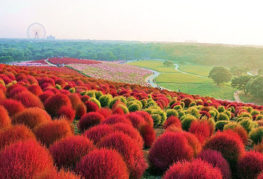
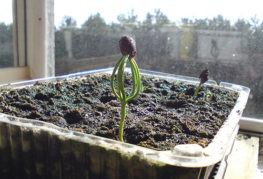
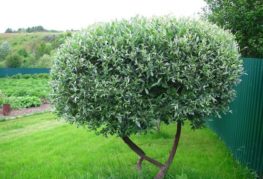
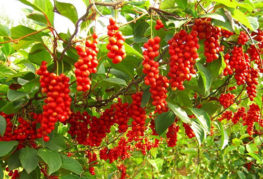
and will be published shortly.